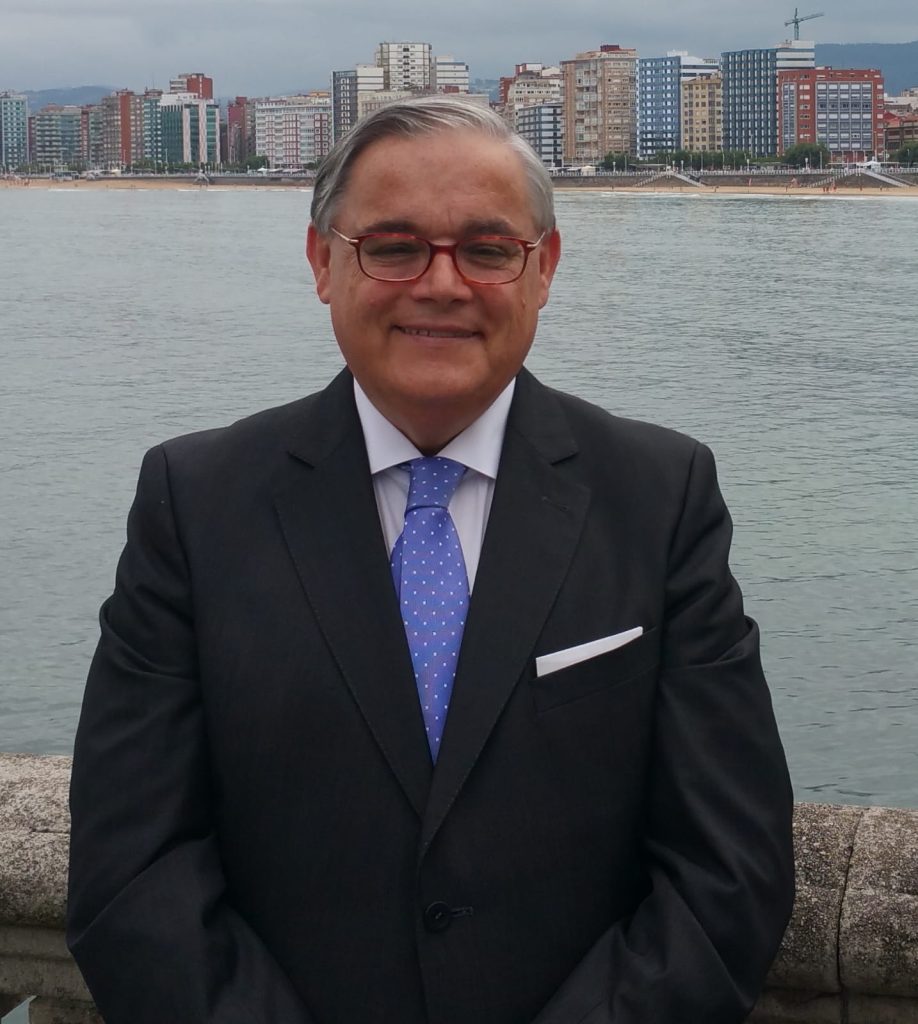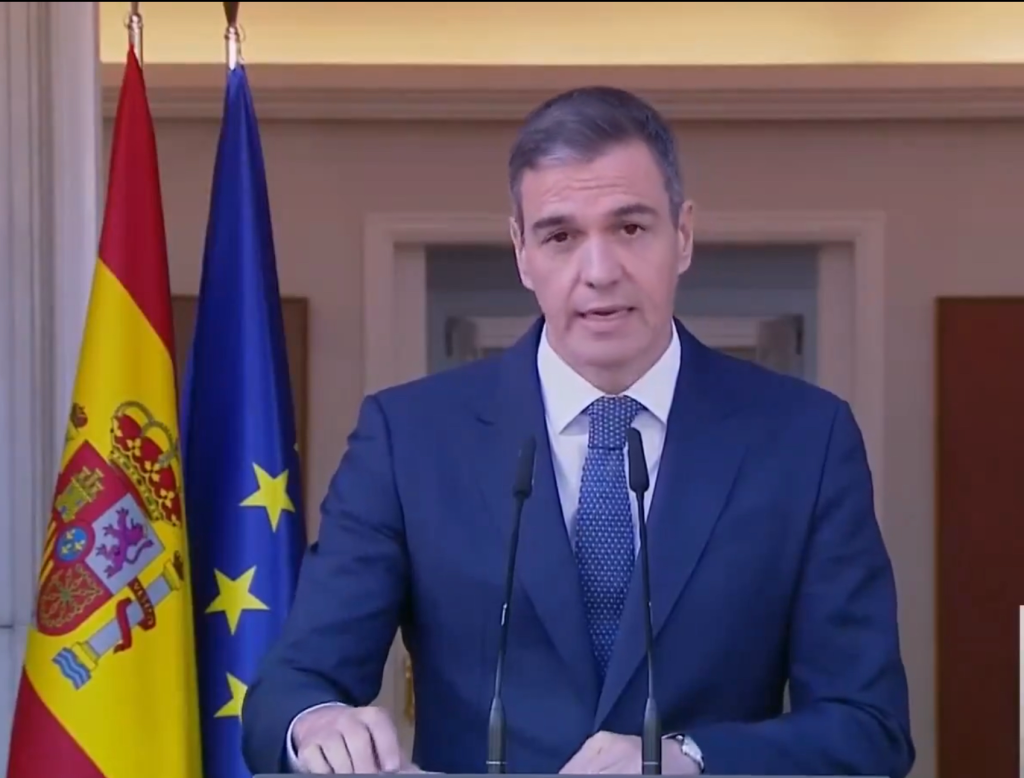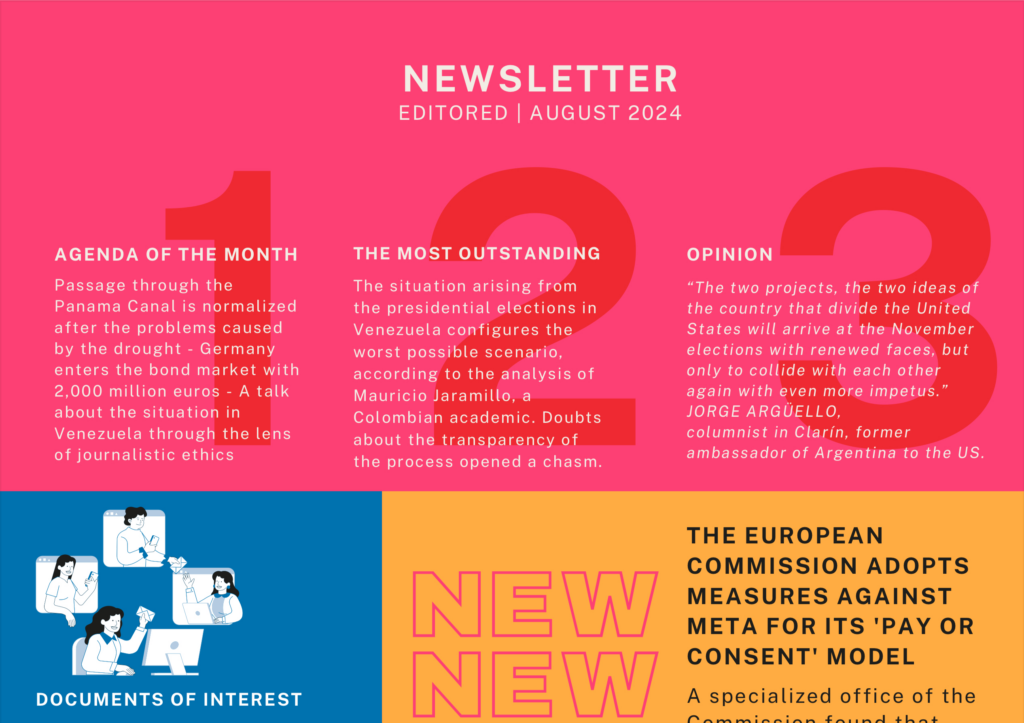ALBERTO BARCIELA
ACISCLO MANZANO, CREATOR OF CERTAINTIES

I was moved to learn that Socrates’ father was a sculptor. To find forms in the stone, to extract them from the marble as Bernini or Michelangelo did, to make them voluble and colorful as Calder, to stylize them as Brancusi, to stretch forms and tones as Sol Lewit, to sketch them as Agustín Ibarrola, to embody them from the hidden in admirable and beautiful as Picasso, to catch them in the wind with his whims as Chillida, to pierce them behind the infinity with his parallels as Oteiza, to tame them from the mold to the bronze as Fernando Botero, provoke them with the times from the intellectual conviction of what has to be avant-garde like Cristóbal Gabarrón, scrutinize and twist them until discovering the soul of matter or making its spirit visible like Martín Chirino, squeeze them like Ángela de la Cruz, to provoke them until extracting their shadows like Jorge Castillo, to humanize them in beautiful faces like Plensa, to encounter them by clearing them from the raw wood like Leiro or Álvaro de la Vega, or to make the apparently simple beautiful, like Acisclo Manzano?
In the relationship they are missing – in the distant History, from Praxiteles or Donatello, among the great Auguste Rodin, Alberto Giacometti, and in the near ones the Maestro Mateo, Asorey, Manolo Paz, Francisco Pazos, Ramón Conde, etc.-, but they are not superfluous. The universal becomes local, and the infinite, close, reachable, emotional, lovable.
Everything is offered in new languages, different materials, surprising forms, and the art of creating at the moment of being inspired by telluric forces that, like a virus, took possession of artists of high sensibilities, superior intelligences, different astuteness and skills attentive to the discovery.
With the works I would like to know how to interpret things with truth, at least with the verisimilitude that inanimate objects admit, taken one by one, obviating the subjective interpretation of each dream or penetrating them with perceptibility and delicacy, trapping instants as my friend Carlos Rodriguez does with photography, or elevating them to eternal, as José María Barreiro achieves, or representing them in the accuracy of art as César Galicia does, or embracing the human as the Lugrís or Granell or Mallo or Quesada did, or as Antón Pulido, Din Matamoro, Manuel Patina, Quintana Martelo, Soledad Penalta or Antón Castro -precious his foctopictorial project dedicated to Lorca-….
It is possible that the story began with a simple sketch, with a dot followed by a scribble, and consequently the outline of a sketch taken from life. In it, a thousand lines further on, the essence of all drawings would meet, in the same spontaneous inspiration, first imitation, then original, abstract at the end, as in the beginning. Germ and consequence, to find what was sought as beauty among the apparently improvised. Everything from a nothingness that will be forever.
To create is to find what lacks precedents. It is not to discover in an exact way, it is to transgress order, that which is forbidden to mathematicians or scientists. They manage to recompose on pre-existing structures, they move between the minimal and the universal. An artist, on the contrary, pursues originality in all orders.
A trait, a brushstroke, the work of a craftsman or a stonemason, a sculpture, a painting, the recitation of a good actor or the articulation of a puppeteer, like a word, a phrase, a verse, a paragraph, a poem, an essay, a novel, a script or a simple article, as in a film, seek their own ex novo status. And creation happens…. One may not reach the souls, even not perceive those of very close people, relatives or friends. One gets to know people superficially, little more. One tends to caress, but without depth. Souls are only perceived, and almost visualized, in mothers and creators, in unquestionable love and its projection. Subtly, the souls of those who bring novelty, who reveal their inner self in books or drawings or paintings and do not falsify the intimate emergence, are subtly explored. To the others, it is up to glimpse from another spirit, which we hide, do not want or do not know how to express. The soul can be shy.
These days, in the museum dedicated to a visionary oteador of worlds and stars, Ramón María Aller, there where the world has come to be called Lalín, land of Laxeiro, Sucasas, Antón Llamazares, of Florentino Cacheda -fashion is art-, and, of course, of Pepe Crespo, the prayer is inspired by the same clay of the creation of a pagan god of goodness and good work with clay, wood, pencil or wax, something that seems very easy but turns out to be art, at least in the hands and kindness of Acisclo Manzano, a creator of certainties and a magnificent human being. Socrates’ father would be moved.
————
ALBERTO BARCIELA, Spanish journalist, vice-president of EditoRed.
This article is for free use. If you use it, please cite the author and EditoRed.



